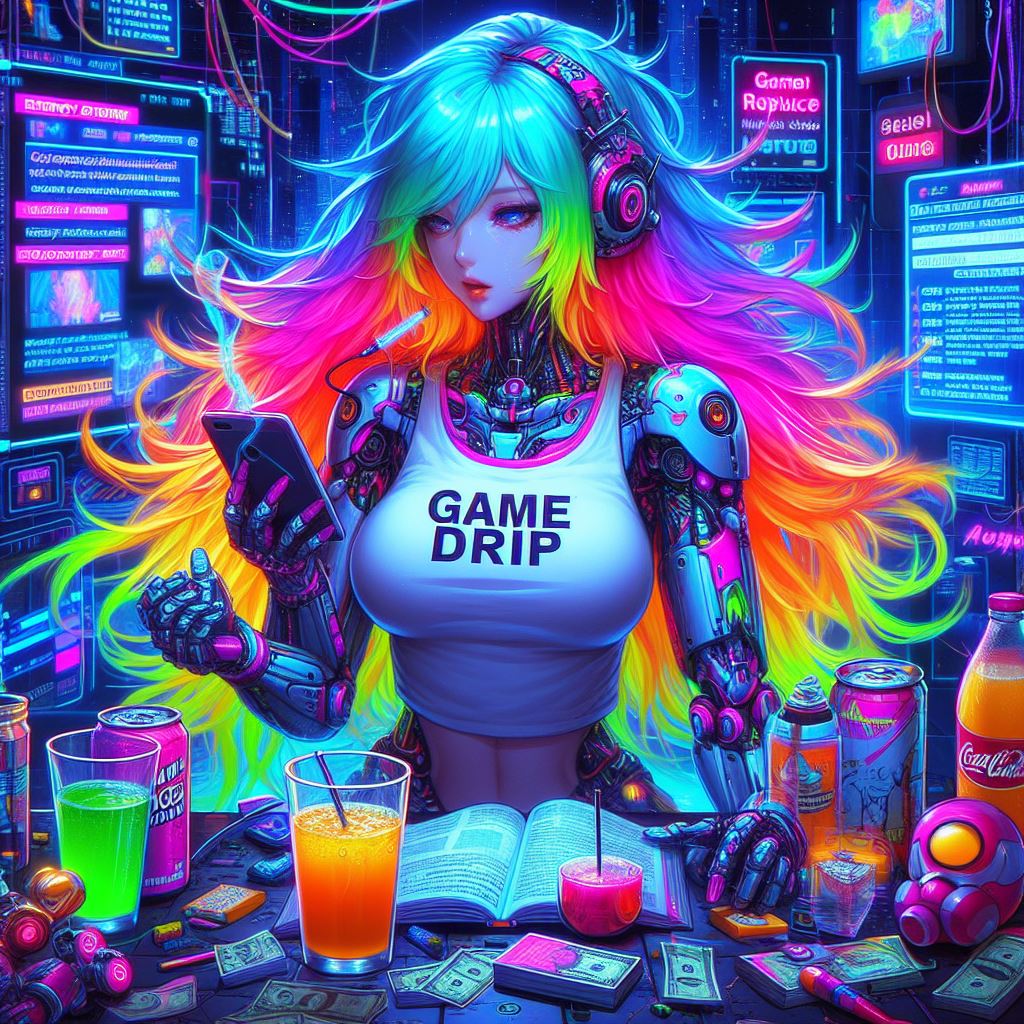As featured on Minecraft Servers Listing
#Light #Lineage #SMP #Whitelist

its been a problem ever since minecraft servers have been initiated,
players with netherite walking around, with the end completed in less than 2 hours, and everyone miles ahead of you. And you… just a basic player with no more than stone tools and a shield.
This…
This is a horrible feeling, the feeling that you wont be able to catch up, or that theres nothing left to do, a feeling of empty accomplishment. Its such an unencouraging feeling that youll leave the server and hunt down servers that have just started, just to experience the drive for completion, and most the times, you wont find it, and for the ones that you do? Youll get bored in less than a week
Is there a solution? Probably not, but there may be alternatives
Lineage
This idea popped in my head after joining a minecraft server that had been open for less than a week, and seeing giant sculptures and everyone decked with netherite armor. I had no idea what to do as everything had been monopolized and everything was completed, nothing left.
This idea is what i call Lineage
Every day a vote will happen to reset the server, if the vote is successful, a shrine near spawn will have a beacon light appear from it, and specific abilities and items can be passed through the light, to affect your next life
Tyrants? Monopolization? Riches? All of these are possible except Immortality, even if you manage to get these your life is not infinite, and the imbalance that your character has against others will be one day balanced, giving everyone an equal shot at power and control.
Speed is key… Speed is key…
What you just read was new and upcoming server being created and refined as we speak, pretty soon it will be up and completely ready to play, if any experienced minecraft server creators wanna hop in and give tips and such through the discord, i suggest you go ahead, i wont sugercoat it, i have little experience when it comes to creating servers, but i felt as though my idea should be expressed regardless, if you join the discord youll be put on a whitelist and ill alert you on the progress of the server, and allow everyone to put suggestions into the server such as plugins, but the base idea is that freedom should be favored, griefing, pvp, stealing, is all allowed due to the limited nature of Lineage, of course hacking isnt tolerable in any circumstance, and you will have dire repercussions, grouping and uniting is encouraged, and a moral line is enforced by the players when they feel people who are doing destructive things are going too far. one last thing is that there is in fact an opportunity to reset each day, you shouldnt use that as a reason not to join, as most likely players will unite and a vote like this will be handled as a group when the majority of said group feel as though the game has become boring. Anyway! have fun – Cactus

to whitelist discord.gg/5JEYmb5pmS










![How about: "Simplicity SMP [Modded] 🌟"?](https://game-drip.com/wp-content/uploads/2024/04/gamedrip-news-trending-174.jpg)










